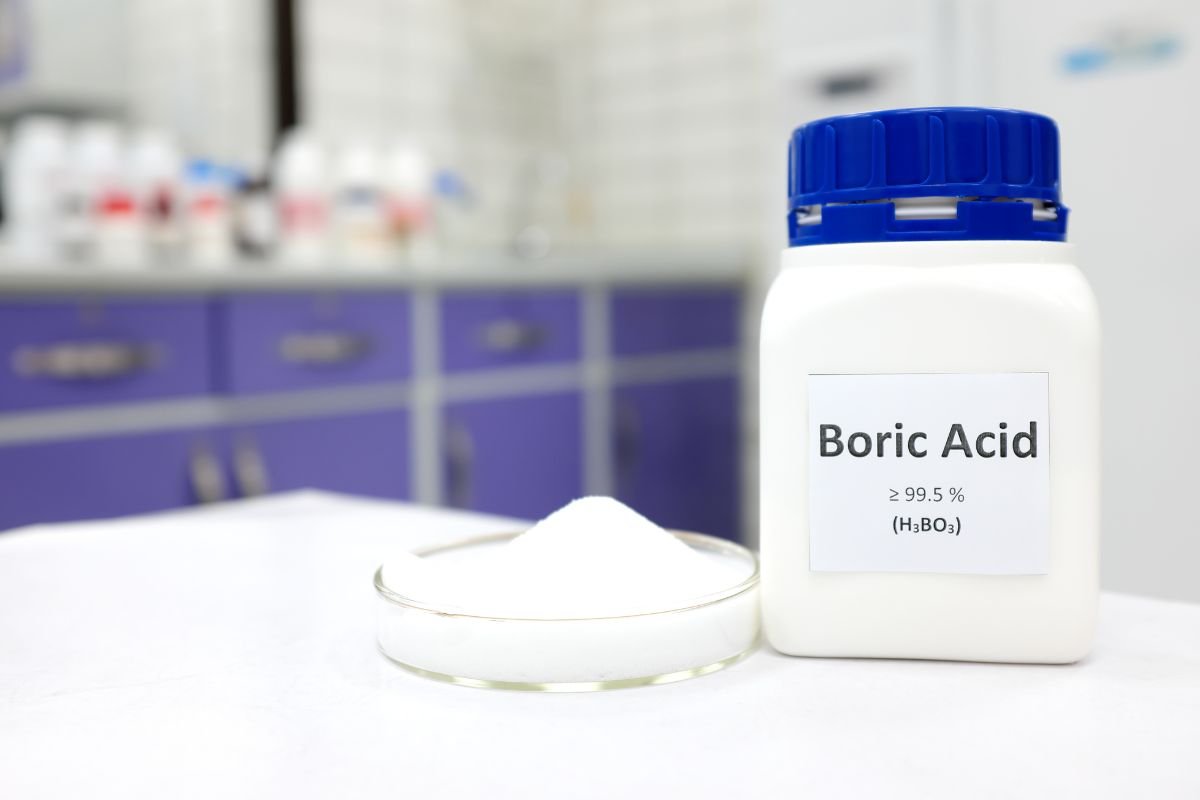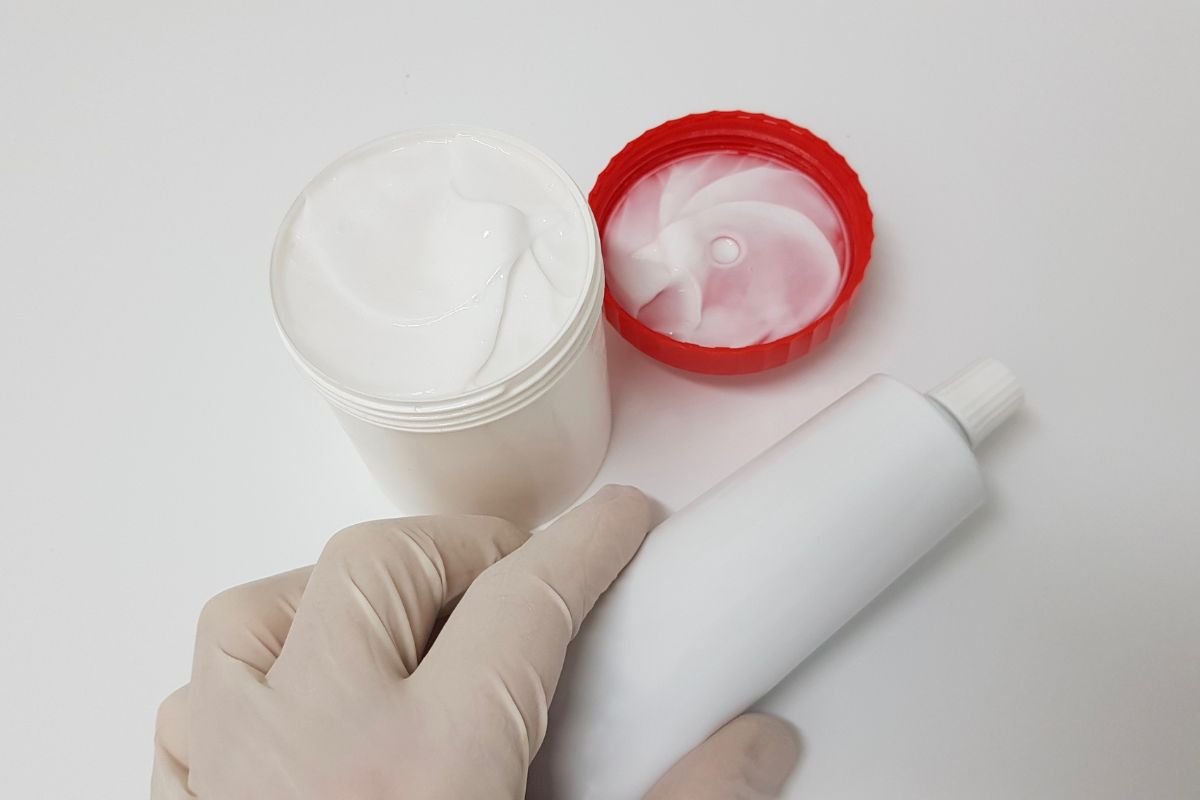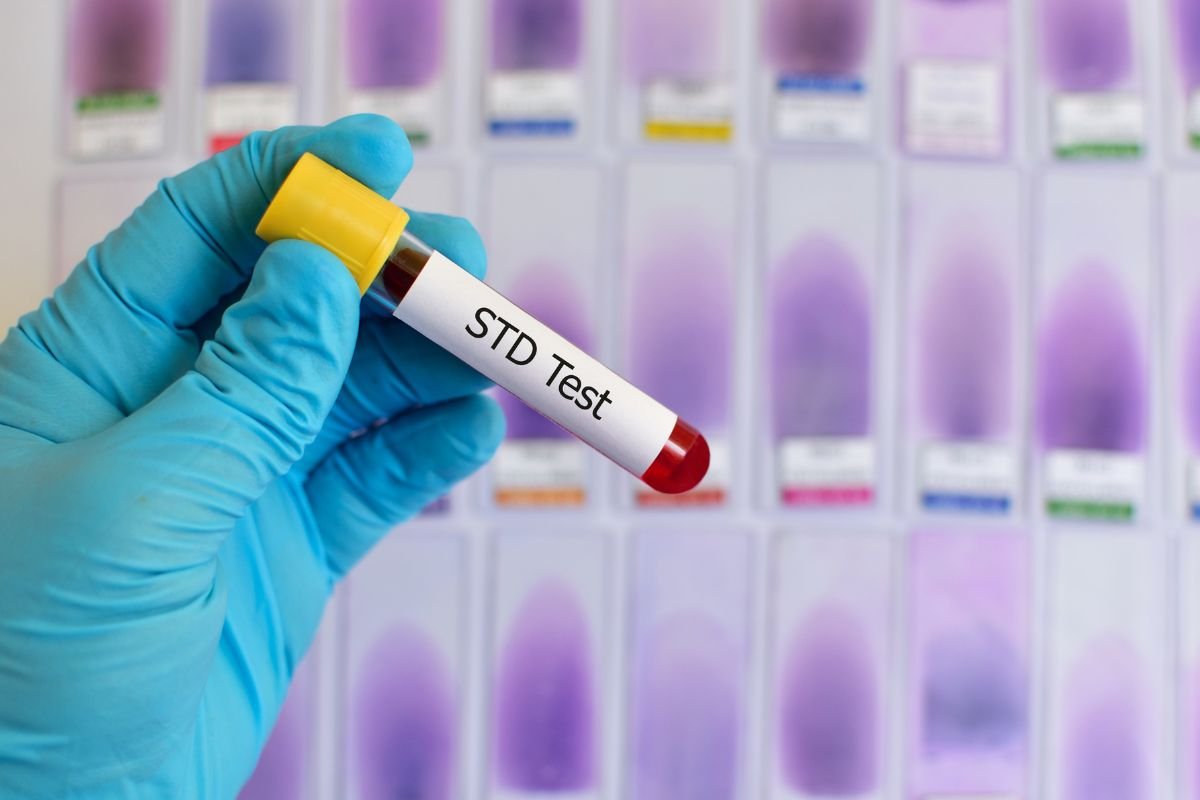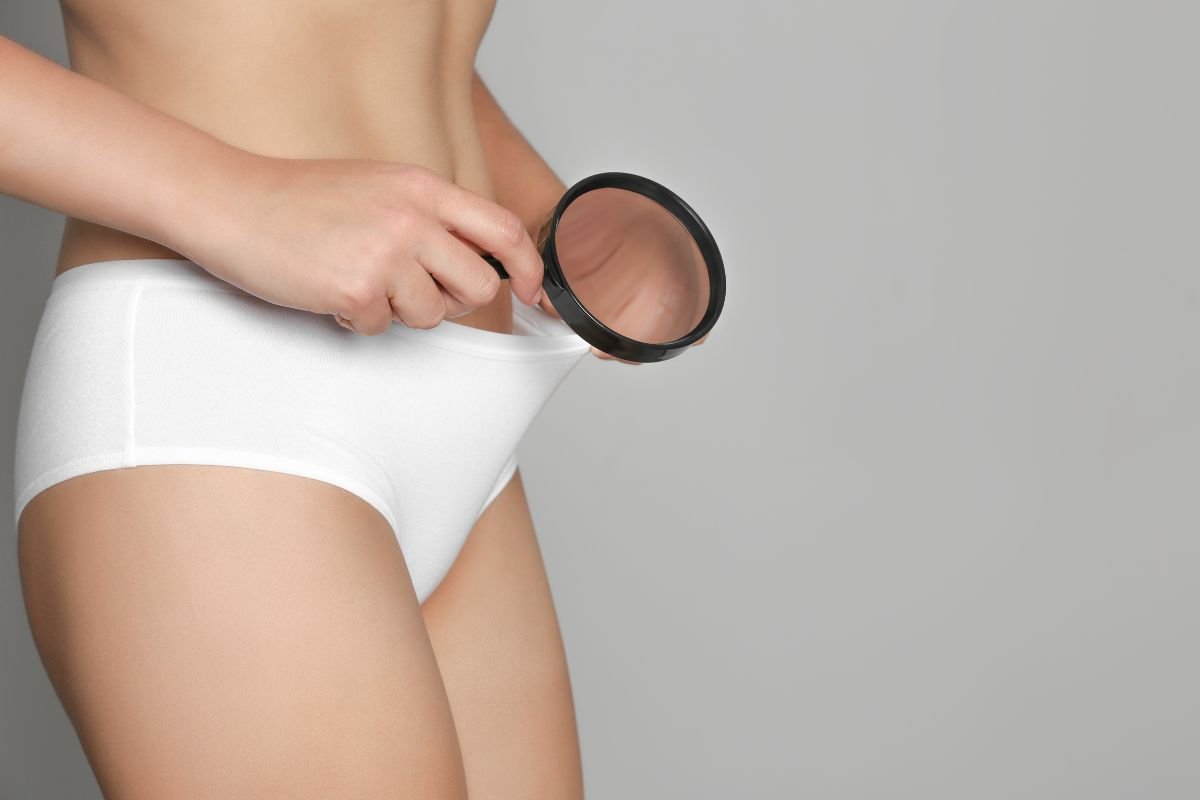One yeast infection should be bad enough yet to suffer them on repeat can be incredibly stressful. They occur when the balance of microbial flora, yeast, and other potentially disease-causing bacteria is slightly off.

If you have recurring yeast infections, that is four or more over a year, then you should be adept at trying various remedies.
One of those is boric acid which is a compound that occurs naturally and comes primed with antimicrobial and antifungal properties.
In this guide, we will look at how to use boric acid for yeast infections, including filling and applying the gelatin capsules. We will also look at why you should use boric acid and what it is.
How To Use Boric Acid To Combat A Yeast Infection
You can purchase boric acid over the counter from a pharmacy which sounds simple enough.
The next step is to place the boric acid inside gelatin capsules (also known as suppositories) that are then inserted into the vagina.
For this method, you will need 00-sized empty gelatin capsules, a dinner knife, and a sheet of paper.
Filling The Gelatin Capsules
- Lay out the paper on a flat surface, like a table. This is essential to capture any boric acid that can spill while you are trying to fill the gelatin capsules. Try not to handle the boric acid as it can irritate the skin.
- With the tip of your dinner knife, fill each capsule with the boric acid and you should be able to fit 600 mg into each one.
- Instead of using a dinner knife, you could use another sheet of paper and create a sharp crease which can give you more control when dispensing the boric acid.
- Close the capsule and do so carefully as you do not want to spill any.
- If you have a large supply of boric acid and a few empty gelatin capsules, it may be more straightforward to fill up a few capsules at once to create a supply for the week ahead.
Applying The Gelatin Capsules
Once you have a set of filled gelatin capsules, you should keep them by your bedside.
Prior to heading to bed, insert a single gelatin capsule into your vagina. It helps to have an applicator with anti-thrush treatments, though you can simply use your finger.
Insert a single gelatin capsule vaginally every night for at least a week and it should eradicate the yeast infection.
If the symptoms have reduced yet the yeast infection lingers, continue the treatment for another week.
There may be discharge so you can opt to wear a panty line to bed to take care of it. Do be wary that you may suffer from some irritation or burning which comes from using boric acid vaginally.
No matter how problematic the yeast infection seems, do not use more than a single gelatin capsule per night.
There are a few other things to note when applying the filled gelatin capsules. Notably, not to use boric acid if you have any broken skin around the area you are inserting them vaginally.
Also, never take boric acid orally as the substance can prove toxic.
A sufficient amount being absorbed can lead to kidney damage as well as an acute failure of an individual’s circulatory system.
Finally, do not take boric acid capsules should you be pregnant as the treatment can prove to be toxic to a developing fetus.

Why You Should Use Boric Acid
Boric acid is not only a compound that occurs naturally, it also has antifungal as well as antimicrobial properties that combat both the Candida yeast albican strains and the increasingly resistant Candida glabrata ones too, but is safe to use.
The boric acid suppositories should be fast-acting too, you may even see results and improvements in your symptoms within a couple of days.
That should be impressive enough yet the yeast infection should clear between a week or two.
This should not be news to many as boric acid is a noted a treatment for vaginal infections having been used for over a century.
In 2011, a research review concluded that boric acid proved to be a safe alternative for treating a yeast infection.
This was due to the lack of major differences for recurrence rates in the yeast infections from various treatments and cure rates that ranged from 40 to 100%.
Boric acid also proved to be affordable compared to other conventional treatments.
What Is Boric Acid?
If you are new to boric acid, bear in mind that researchers have come to the conclusion that the substance has antifungal as well as antibacterial properties.
That’s why it is typically a treatment for a yeast infection (You might want to check out How Long To Wait For Sex After Yeast Infection Treatment) though in a diluted form it can treat known skin conditions such as athlete’s foot, insect bites, foot odor, even diaper rash.
The substance is a water-soluble compound that contains boron, oxygen, and hydrogen. In its treatable form, it appears to be white and comes in either the form of a powder or crystals.
Final Thoughts
Yeast infections can be common but they can be treated effectively with gelatin capsules filled with boric acid.
There are also oral medicines known as antifungals but these typically require a prescription. Further medications can be found over the counter yet recurring yeast infections can be treated by boric acid (Also check out How To Use Mupirocin For Yeast Infection).
Frequently Asked Questions
What Are The Common Side Effects Of Using Boric Acid To Combat A Yeast Infection?
One of the reasons for using boric acid in gelatin capsules is the lack of side effects compared to standard ointments.
There are still side effects and these can include vaginal discomfort, a watery vaginal discharge, and a mild burning sensation shortly after inserting the gelatin capsule.
There is also the possibility of hives which is the medical term for urticaria.
What Is The Best Way To Insert A Filled Gelatin Capsule?
Once you have filled the gelatin capsule, lie on your back and bend your knees though you could use a chair to raise a single foot.
Insert the gelatin capsule gently in your vagina then press the plunger and the capsule should be released. Gently and slowly remove that applicator then the gelatin capsule will be in place.
- Yeast Infection Vs Herpes - January 26, 2023
- How Long To Wait For Sex After Yeast Infection Treatment - January 26, 2023
- Yeast Infection Vs STD - January 26, 2023










